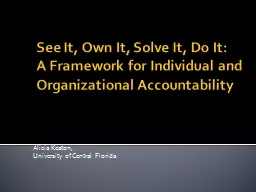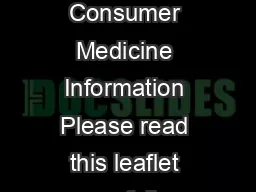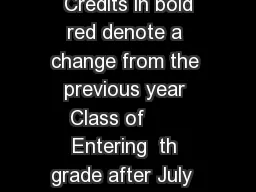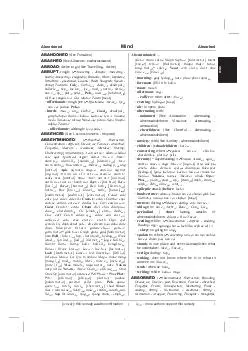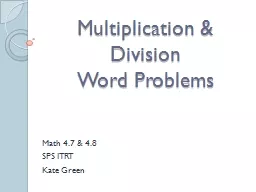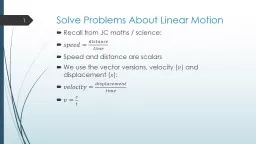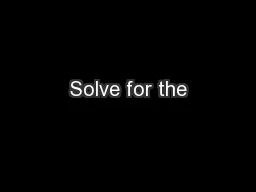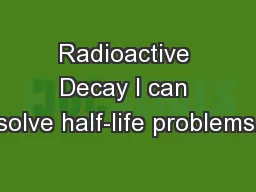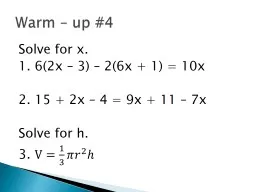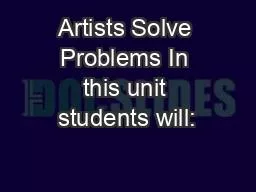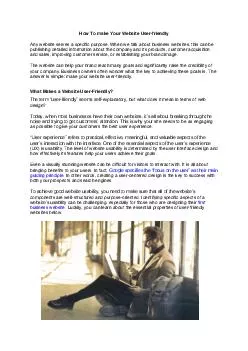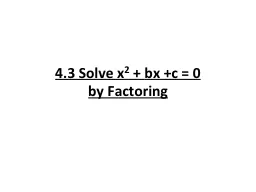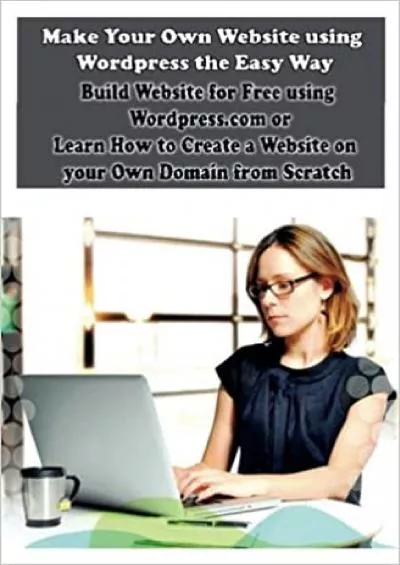PPT-See It, Own It, Solve It, Do It:
Author : lindy-dunigan | Published Date : 2019-12-09
See It Own It Solve It Do It A Framework for Individual and Organizational Accountability Alicia Keaton University of Central Florida Moving Above The Line The Oz
Presentation Embed Code
Download Presentation
Download Presentation The PPT/PDF document "See It, Own It, Solve It, Do It:" is the property of its rightful owner. Permission is granted to download and print the materials on this website for personal, non-commercial use only, and to display it on your personal computer provided you do not modify the materials and that you retain all copyright notices contained in the materials. By downloading content from our website, you accept the terms of this agreement.
See It, Own It, Solve It, Do It:: Transcript
Download Rules Of Document
"See It, Own It, Solve It, Do It:"The content belongs to its owner. You may download and print it for personal use, without modification, and keep all copyright notices. By downloading, you agree to these terms.
Related Documents

